
A bohemian getaway
or the art of strolling through the Luberon
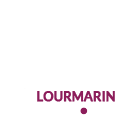
Lourmarin, the heart of Provence
Numbering amongst the most beautiful villages in all of France, Lourmarin is an ode to the gentle beauty of Provence in the heart of the Luberon. Its château is known as the “Medici Villa” of Provence. Located on the Vaudois route, it is one of the unmissable stop-offs so loved by Albert Camus and Henri Bosco.
Welcome to this little bohemian village.
Duration:
1 day
Price:
de 15€ to 50€
Type:
Walk
Parking :
free
A FLOWING ROUTE THROUGH A BACKDROP OF GREENERY
A sense of freedom from the first few kilometres
The winding road from Bonnieux towards Lourmarin takes me along the bends of a valley lined with oak trees, between Little Luberon and Greater Luberon. This route, historically followed by the Vaudois people, clears a passage through the dense vegetation and limestone slopes of the mountain range. The effect is one of total immersion.
This route reminds me a little of the one between Gap and Grenoble. A little word of advice to motorcycling enthusiasts – this is the perfect spot for a stunning ride!

Did you know?
The Luberon mountain range is a natural border between the remarkable villages of Lacoste, Ménerbes and Bonnieux on one side, and Lourmarin, Cadenet and Vaugines on the other.
The perfect spot to take a photo…
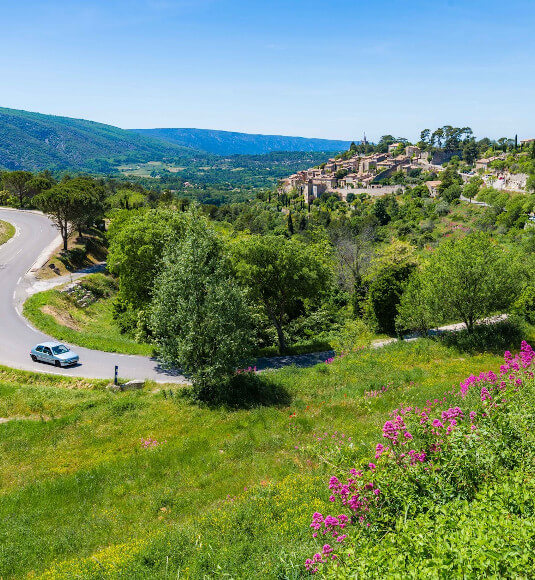
Strolling in Lourmarin
THE VILLAGE IS IN SIGHT
As I approach the village, I drive along fields of green, olive groves and vineyards. There’s no doubt about it – this is Provence! It’s a perfect scene, overlooked by the clocktower which marks the centre of the village, its narrow streets spiralling outwards. The village is shaped like a snail, perfectly round with its interlacing streets, like something out of a dream.
I’m almost there…


Did you know?
The belfry dates back to the 17th century and is built on former fortifications from the medieval era. As it resembles the boxes that used to hang in kitchens, it is known as the “salt box”.

Where to park?
Why not right by the château!
There are free parking spaces in the carpark of Bastides, a small hamlet. This is not to be missed – located at the foot of the village château, it faces a large green space which donkeys have made their home.
Well accustomed to visitors, the more curious amongst them might come in search of apples or other treats.
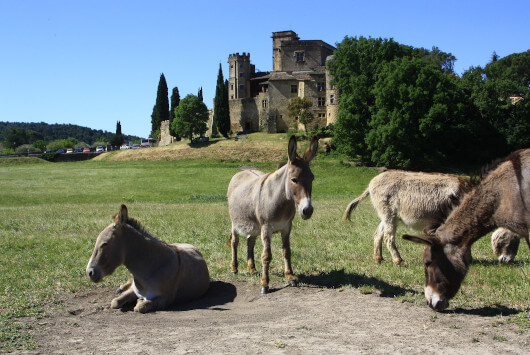
Please Madame, don’t you have an apple for me?
On the path up to the Château of Lourmarin
One of the jewels of Lourmarin is its château, and the path leading up to it.
And there’s a curious discovery to be made along the way: the Fountain of Three Masks (“La Fontaine aux 3 masques”).
This fountain creates an optical illusion with its three grimacing faces carved into the stone, which over time have grown beards of green moss and fern. The pediment is simple but pretty, and I carefully observe the details of the sculptures and the pebble paving, whilst listening to the gentle sound of running water.

Take note
For local writer Henri Bosco, these three different masks represented the Rhone River, the Luberon and the Durance River. Another interpretation suggests the three gods: Neptune, Apollo, and Pan.

The Château of Lourmarin, “Medici Villa of Provence”
So here I am, opposite the château whose entrance is covered with climbing vines and window boxes brimming with flowers. The first thing that strikes me are the straight lines, the square tower, and the light colour of the stone.
This building has stood the test of time, with a medieval section dating back to the 12th century, and another section in Renaissance style spreading over 3 levels. Very unusual!
In spite of this, the ensemble has a proud appearance and conceals some treasures, such as its majestic, double-spiral stone staircase (one of the finest in France).
And that’s not all – the large rooms, one of which is devoted to various musical instruments, are filled with period furniture, flooring and exposed beams from China, Japan and Vietnam.


Souvenir
Henri Bosco nicknamed the Château of Lourmarin the “Golden Cube (le Cube d’Or)” because of the warm colour of its stone, turned golden by the setting sun.
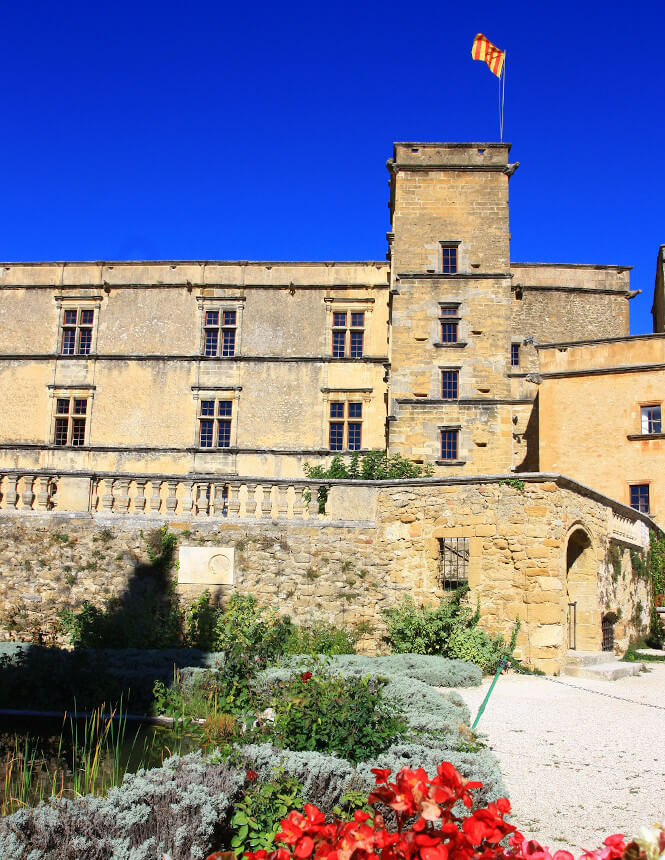
IN THE HEART OF THE CHATEAU
Built largely by the Vaudois, who found refuge here, the château is a Lourmarin institution.
Nowadays, the former fortress hosts an artists’ residence within its walls, who find inspiration in the brightness and atmosphere of the place, which have earned it the name of “the Medici Villa of Provence”.
Thanks to informative leaflets, I learn a great deal about a collection of engravings by Piranèse.
The Italian-style loggias in the medieval part of the chateau are a cool oasis, and standing on the terrace you can admire the view over the villa and the pond adorned with water lilies, rose bushes and bulrushes.

Practical Information
Tours of the château can be self-led or led by a guide, who will reveal the history of the family and of the village of Lourmarin.
Set aside a good two hours.

FALL IN LOVE WITH THIS TYPICAL PROVENCE VILLAGE
Lourmarin looks like a postcard!
With its porches, light facades with blue shutters and covered with climbing plants and its eight fountains, the village has captured the heart of many an artist, some of whom have gone on to open a gallery there.
And now for a little tour of the market! It’s the perfect chance to taste local produce and specialities.
The colourful stalls take me by turn from the appetizing red of freshly picked cherries and tomatoes, to green salads, peppers and olives, to the sunny gold of melon, saffron and navette biscuits.
Speaking of navettes – their scent has already whetted my appetite! Should I go for aniseed, chocolate, or the traditional orange blossom flavour?
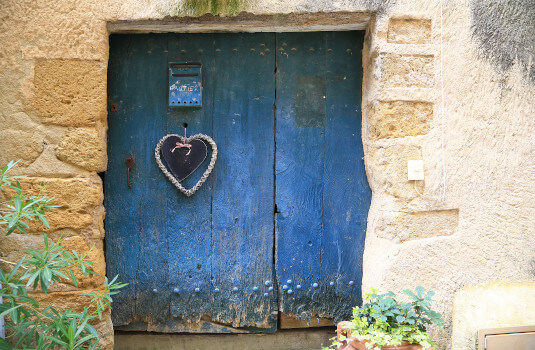

Firm favourite
In Lourmarin, Friday is market day.
At last, I can taste some gibassié, the village’s sugary speciality made from olive oil. Delicious!

The grave of Albert Camus, touching in its simplicity.
For lovers of literature, a stop-off at Lourmarin cemetery is not to be missed.
It lies just outside the village. As I make my way there, I enjoy another pretty view of the château.
Over here is Camus’ resting place, beside his friend and neighbour Henri Bosco. Both men fell in love with this village and made it their home. For Camus, it reminded him of his homeland of Algeria.
I am touched to see that only a single oleander marks the author’s grave.
The writer’s final resting place is unassuming; the epitaph, carved directly into the stone, reads, “Albert CAMUS 1913-1960”. Freedom and simplicity – these two values, so dear to Camus, can even be found at his final resting place.

“Camus’ entire philosophy can be found in the stripped-back elegance and the grass that grows wild and free over his tombstone”
– berni29